Sectional sofas have become a cornerstone in modern living room design, offering versatile seating, layout adaptability, and aesthetic appeal across a range of interior styles. From maximized corner seating with L-shaped configurations to modular units that can be reconfigured on a whim, these multi-piece sofas cater to both intimate gatherings and large-scale entertaining while seamlessly integrating into open-concept environments. Design authorities recommend exploring bold color choices such as plush velvet finishes, slipcovered sections for a relaxed vibe, and two-tone palettes to inject personality and contrast. Additionally, compact two-piece sets for small spaces, storage-integrated chaises, and U-shaped layouts that foster natural conversation are trending among homeowners aiming to optimize function without sacrificing style. In the following twenty ideas, we’ll delve into creative sectional living room concepts—from accentuating your sofa with statement lighting and strategic rug placement to blending sectional shapes into diverse design idioms—empowering you to personalize every square foot of your gathering space.
1. Maximize Seating with an L-Shaped Sectional
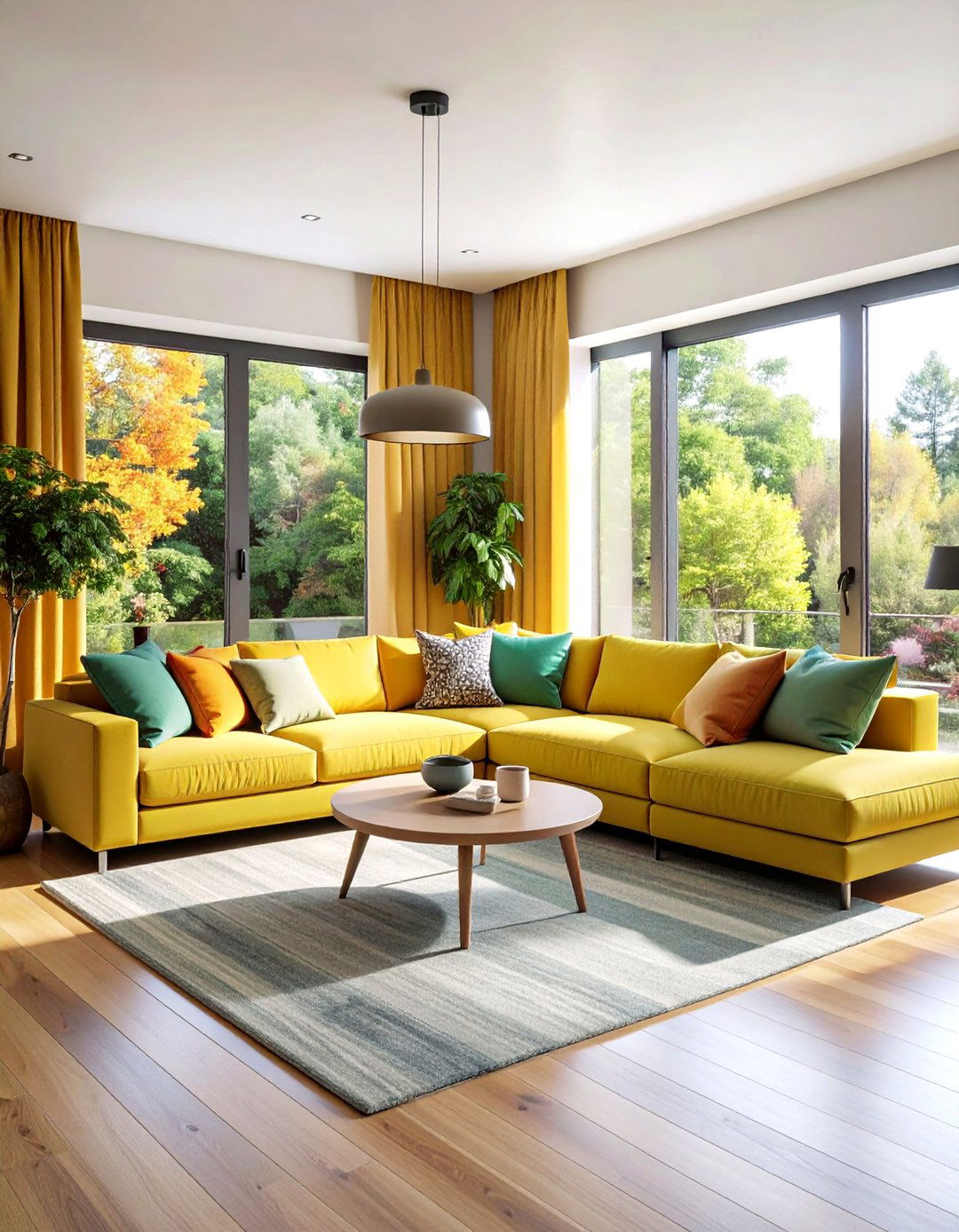
Nestling an L-shaped sectional into a corner remains one of the most efficient ways to maximize seating without crowding the center of the room. By hugging two walls, this layout capitalizes on underutilized real estate, while creating a natural focal point that anchors your furniture arrangement. Moreover, the perpendicular seating encourages intimate conversation zones, making it ideal for both family movie nights and entertaining guests. The L-shaped silhouette works well in both compact and expansive layouts, allowing you to adjust ancillary pieces—such as accent chairs or side tables—to complement the sectional’s footprint and maintain a balanced, inviting atmosphere.
2. Embrace Modular Sectionals for Ultimate Flexibility
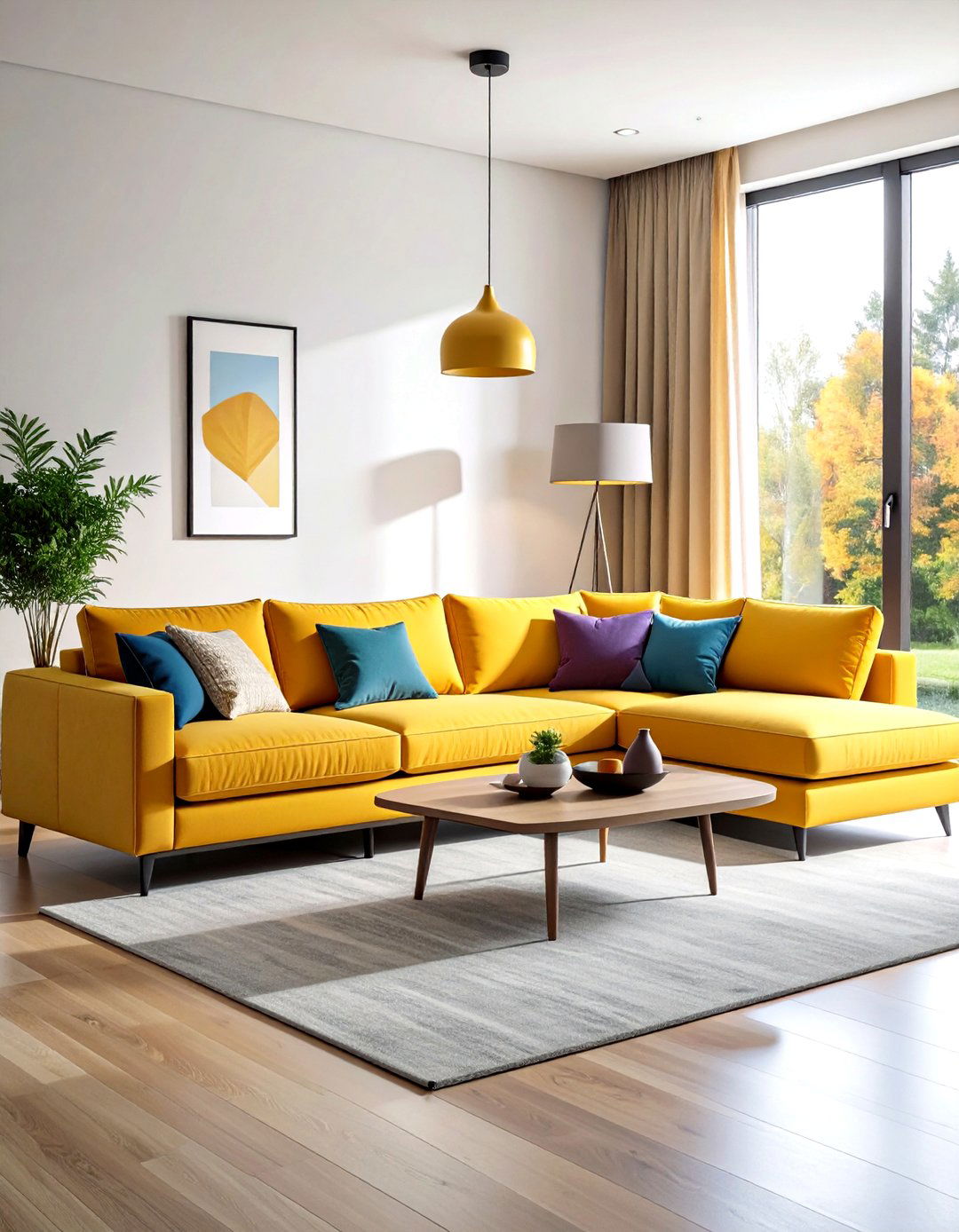
Modular sectionals, composed of individual pieces that can be reconfigured as needed, are the ultimate solution for homeowners seeking adaptability in ever-changing living spaces. By mixing and matching chaise, armless, and corner components, you can expand your seating for large gatherings or break the set into standalone sofas for more intimate areas. These versatile designs also allow you to customize dimensions to fit irregular room shapes or evolving floor plans, ensuring that your sectional grows with your lifestyle. Many modular systems offer additional units over time, enabling a seamless scale-up as your family or entertaining needs increase, all while maintaining cohesive style.
3. Opt for a Reversible Sectional to Adapt to Changing Needs
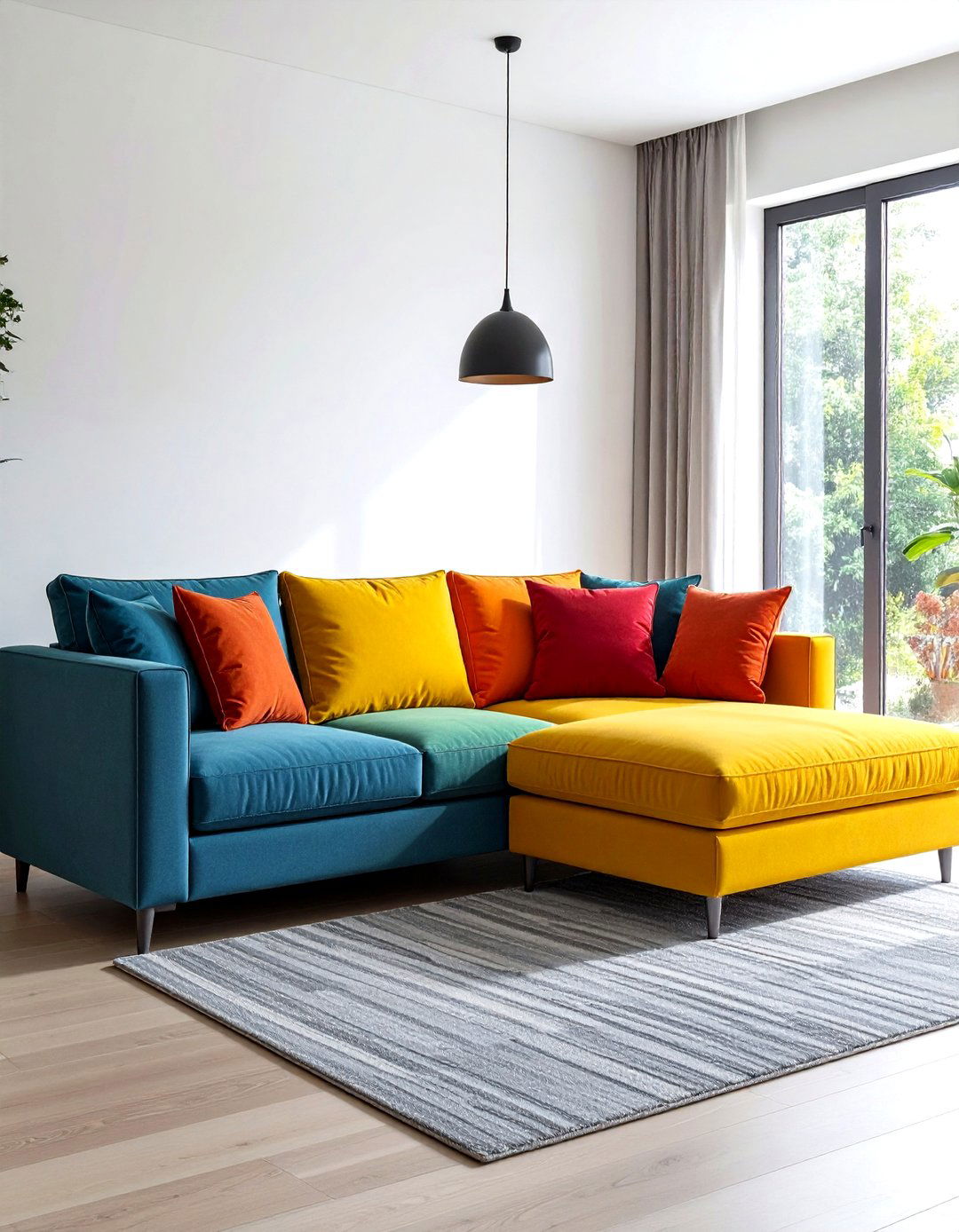
Reversible sectionals feature chaises or seating modules that can switch sides, offering a practical way to adapt your sofa’s orientation without purchasing new furniture. Whether you’re rearranging to open up a walkway, facing a different focal point, or refreshing your living room layout, simply moving the chaise from left to right keeps your space feeling fresh and functional. This adaptability proves especially beneficial in rental or multipurpose rooms where traffic patterns and demands frequently shift. By choosing a reversible model, you reserve the freedom to tailor your sectional’s footprint to evolving entertaining styles or daily routines without hassle.
4. Play with Sectional Placement in Open-Concept Layouts

In open-concept home layouts, sectionals can act as informal partitions that delineate living areas without building walls. Floating your sectional perpendicular to architectural lines—rather than against them—creates a sense of distinct zones while maintaining visual flow. Positioning seating around a central rug or anchoring one side to a console table also helps define the living area within a larger space, making it cozy and intentional. Sectionals maximize corner seating and maintain openness; by experimenting with orientations and spacing, you can craft an inviting atmosphere that balances communal living with practical circulation pathways. Additionally, floating furniture allows natural light to circulate from windows and promotes conversational layouts that are both intimate and inclusive.
5. Combine Sectionals with Accent Chairs for Flexible Seating
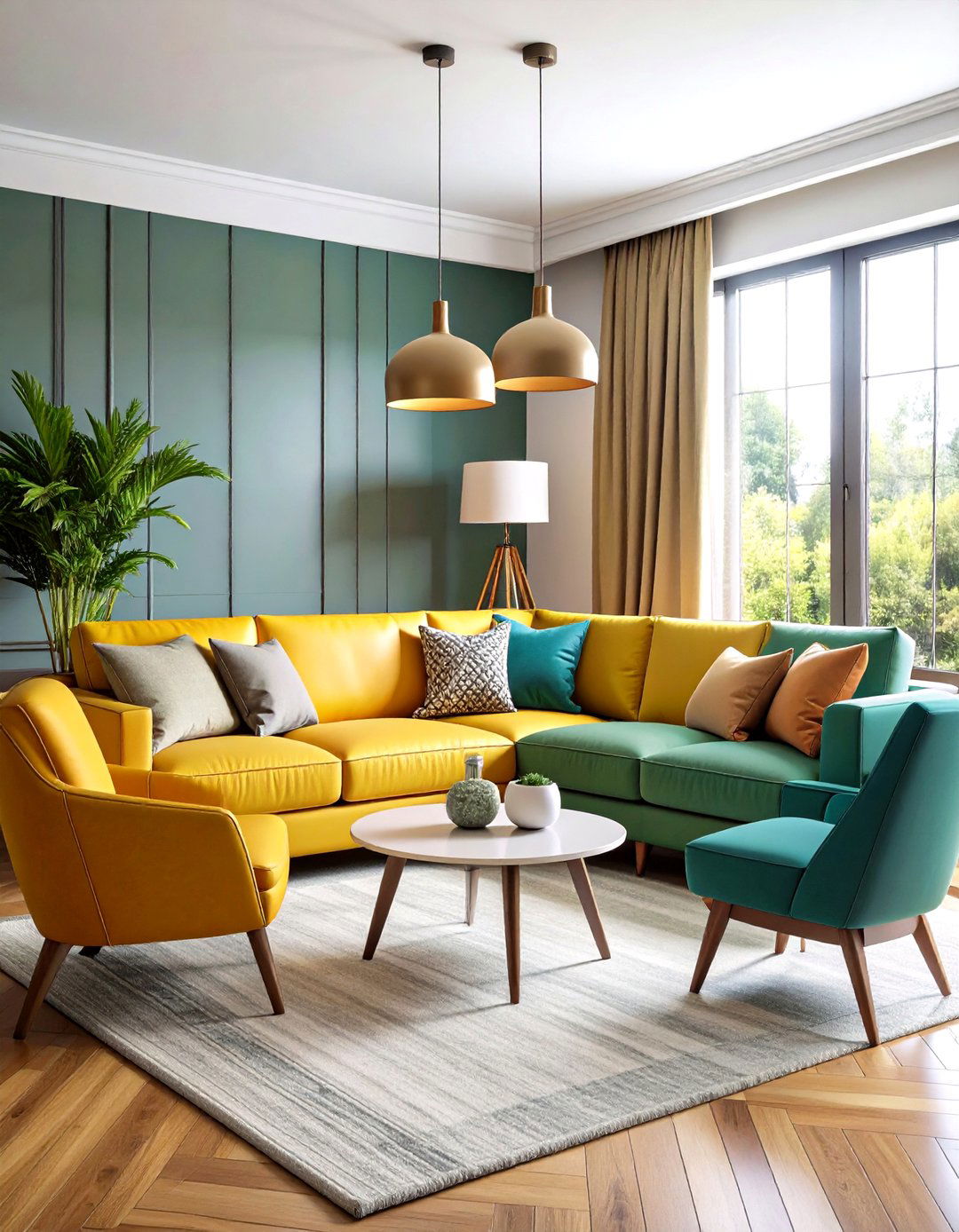
Pairing a sectional sofa with one or more accent chairs adds variety and flexibility to your seating arrangement, allowing guests to engage in multiple conversational groupings. Accent chairs can fill gaps where a sectional might leave dead space, or serve as standalone seating for reading nooks or fireplace-side lounging. Choosing contrasting textures—such as a leather chair alongside a plush fabric sectional—imparts visual interest and depth. This mix-and-match approach ensures that each seat feels intentional; you can easily relocate chairs to create more open floor plans or intimate clusters as needed, without compromising harmony between furniture pieces.
6. Optimize Small Spaces with Compact Sectionals
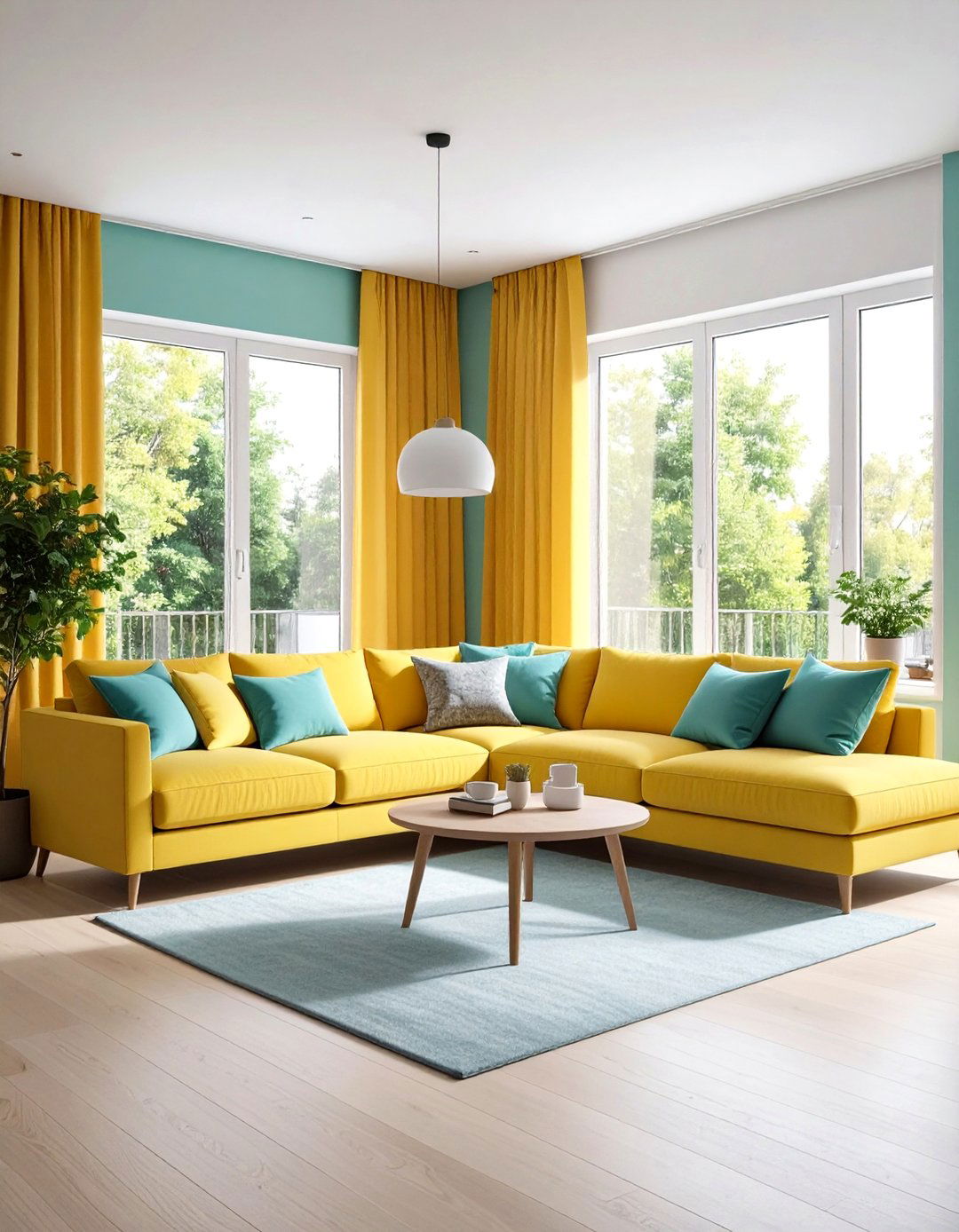
In snug living rooms, selecting a compact sectional tailored to limited footprints can transform awkward layouts into cozy havens. Designers recommend models with lower backs and slender arms to visually reduce bulk while maximizing seating capacity. Some small sectionals feature minimalistic frames and exposed legs, adding an airy quality that prevents the sofa from dominating the room. Modular configurations—such as two-piece sets—allow you to remove sections for a more open arrangement when needed. Prioritizing scale ensures the sectional provides ample seating without overwhelming adjacent furniture or impeding natural traffic flow. Additionally, reversible or modular small sectionals let you adapt seating to different occasions, making them highly functional for city apartments or guest rooms.
7. Layer Textures with Sectional Fabrics and Throws

Layering diverse textures on your sectional injects warmth and visual complexity into the living room. Start with a primary upholstery—such as leather, boucle, or micro-velvet—and add contrast through woven throws, knitted blankets, and fringe-adorned pillows. A fluffy area rug beneath the sectional further anchors the seating zone while reinforcing the tactile palette. Strategic layering not only creates a lived-in feel but also offers customization: swap out throws seasonally or when refreshing your color scheme. Accent pieces like a faux fur cushion or a natural jute runner can anchor the textures, ensuring that each element shines without competing for attention.
8. Add a Pop of Color with Velvet Sectionals
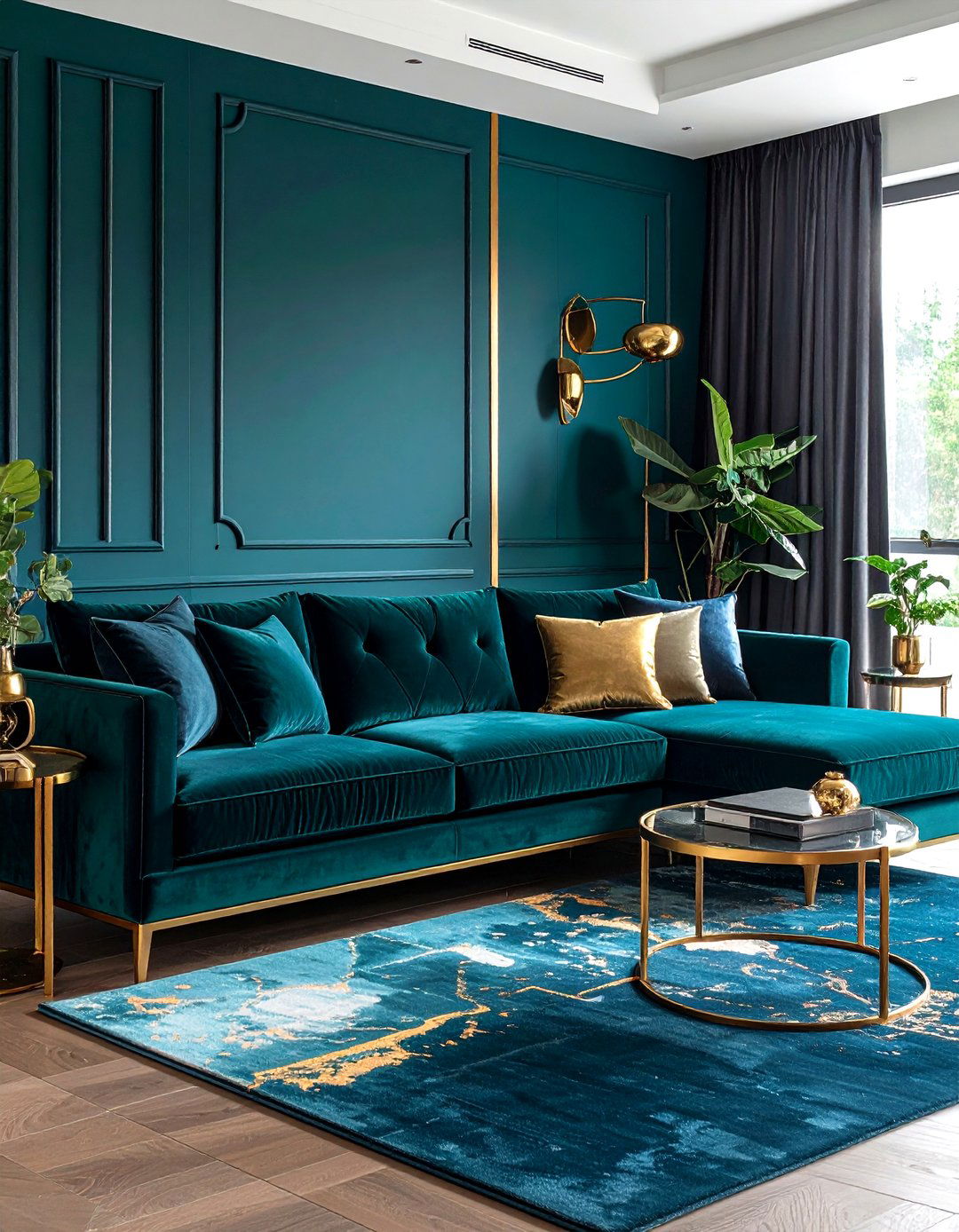
Velvet sectional sofas have surged in popularity thanks to their rich hues and sumptuous hand feel, instantly elevating a neutral living room with a touch of luxury. Jewel-toned velvet—such as emerald green, sapphire blue, or mustard yellow—infuses depth and drama, while lighter pastel velvets lend a softer, more whimsical ambiance. Beyond aesthetics, performance velvet fabrics often feature stain-resistant finishes, making them both practical and stylish. Pair a velvet sectional with brass or matte black hardware and minimal accessories to let the sofa’s color become the room’s statement piece. For extra cohesion, repeat the sectional’s color in accent pieces—such as vases, artwork, or books—creating a curated palette that unifies the space.
9. Integrate Storage into Your Sectional for Functionality
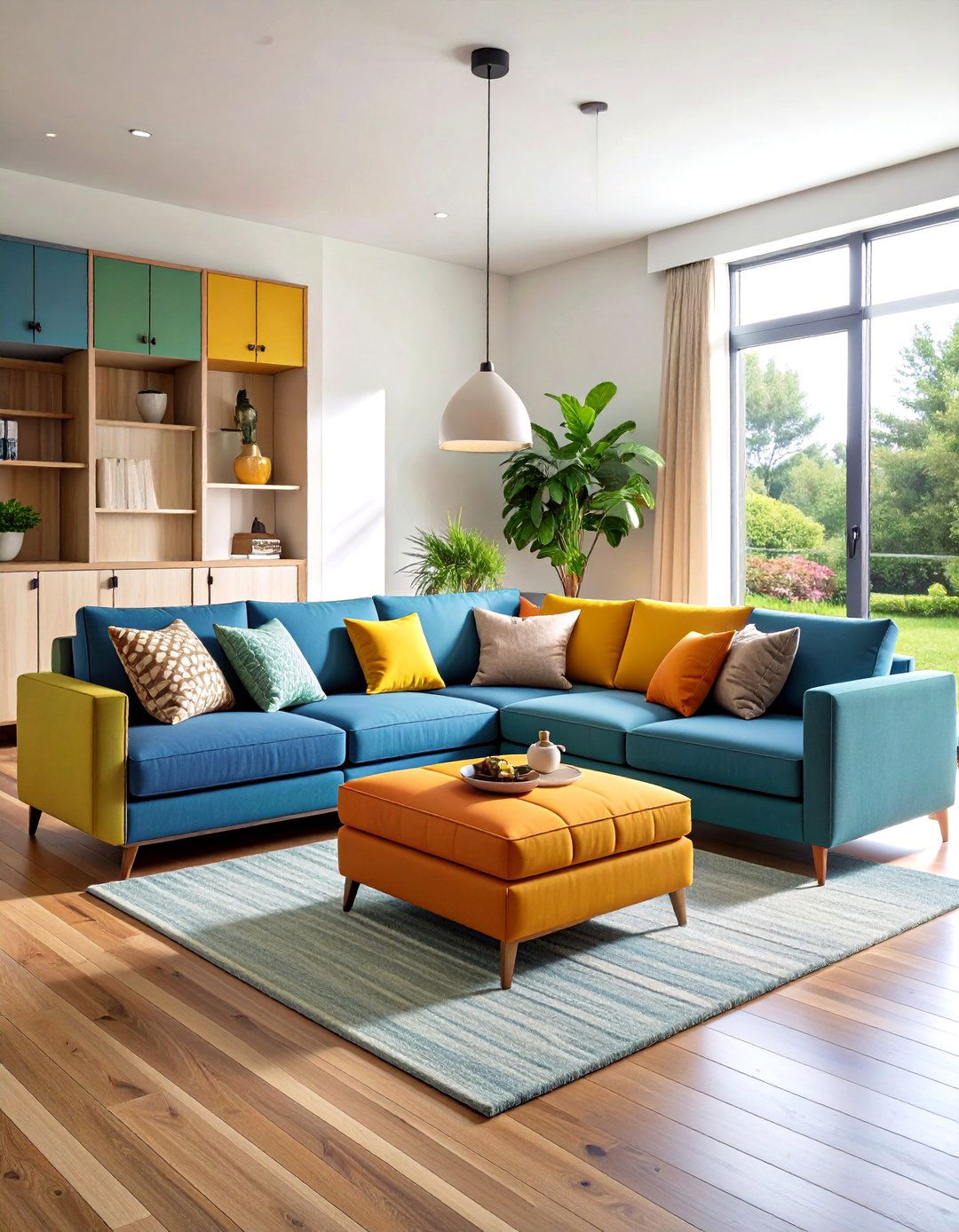
If you crave both seating and hidden storage, opt for a sectional with integrated compartments, pull-out ottomans, or storage chaises. Many top-rated models include under-seat drawers or lift-up seats, providing discreet spots to stow blankets, books, and remote controls. This dual-purpose design keeps clutter at bay while retaining the sectional’s clean lines. In open-plan layouts, a storage chaise can double as a side table or display surface, further enhancing versatility. By choosing a sectional that conceals functionality beneath cushioned comfort, you maximize utility without sacrificing design integrity. These sectionals are ideal for smaller homes or families seeking organizational solutions without adding bulky furniture.
10. Anchor Your Sectional with a Statement Coffee Table
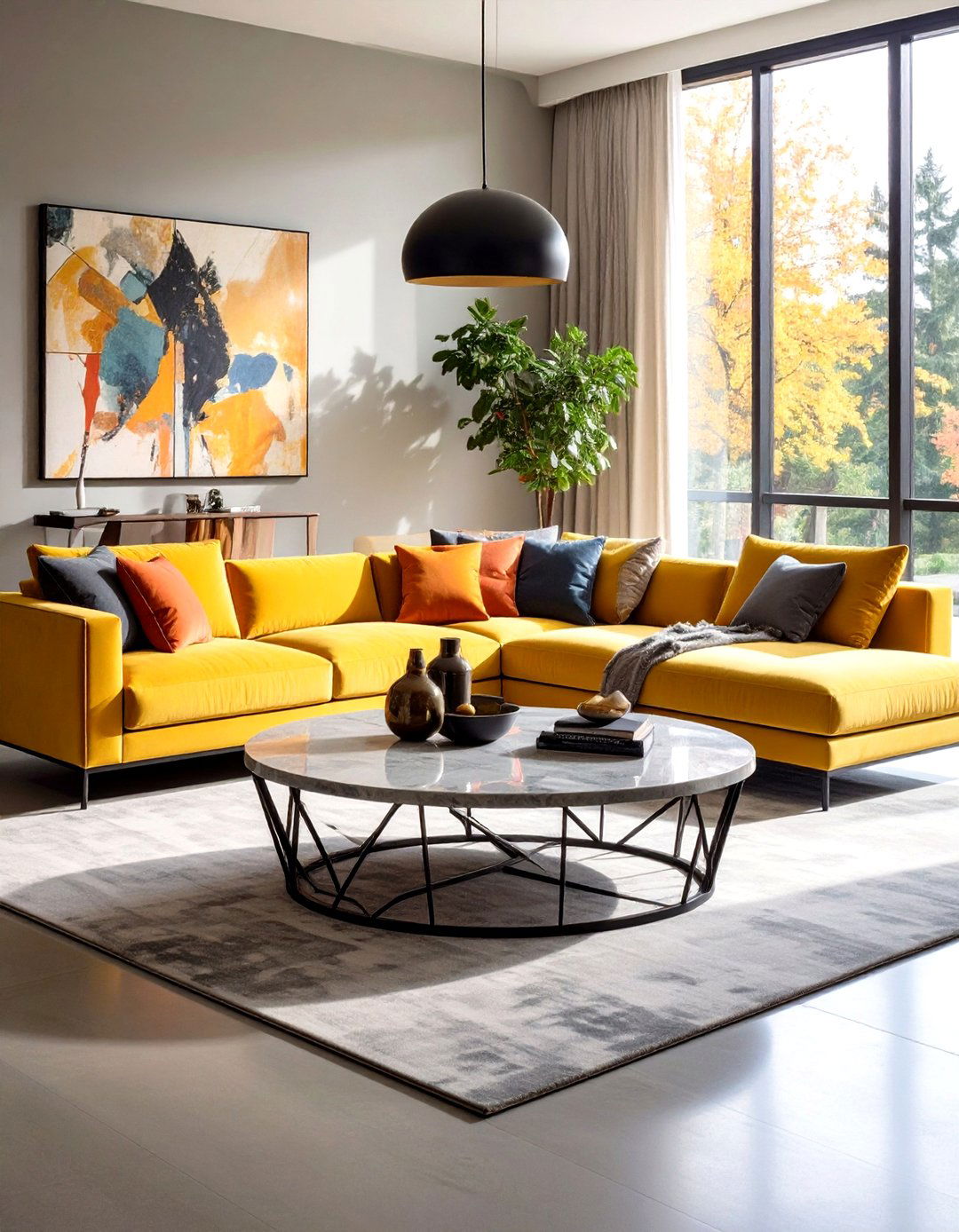
A bold coffee table not only complements your sectional but also serves as the visual anchor of the seating area. Choose sculptural designs—such as live-edge wood slabs, geometric metal frameworks, or stone-topped tables—to balance the sectional’s soft lines and add character. The coffee table’s scale should correspond with the sectional’s length: ideally spanning two-thirds of the sofa’s width. Functionally, it offers surface area for decor, refreshments, and books; visually, it pulls together disparate seating elements into a cohesive arrangement, ensuring the sectional commands attention within the living room. For added flexibility, consider nested tables or adjustable-height coffee tables that adapt to entertaining or casual lounging needs.
11. Foster Conversation with U-Shaped Sectionals
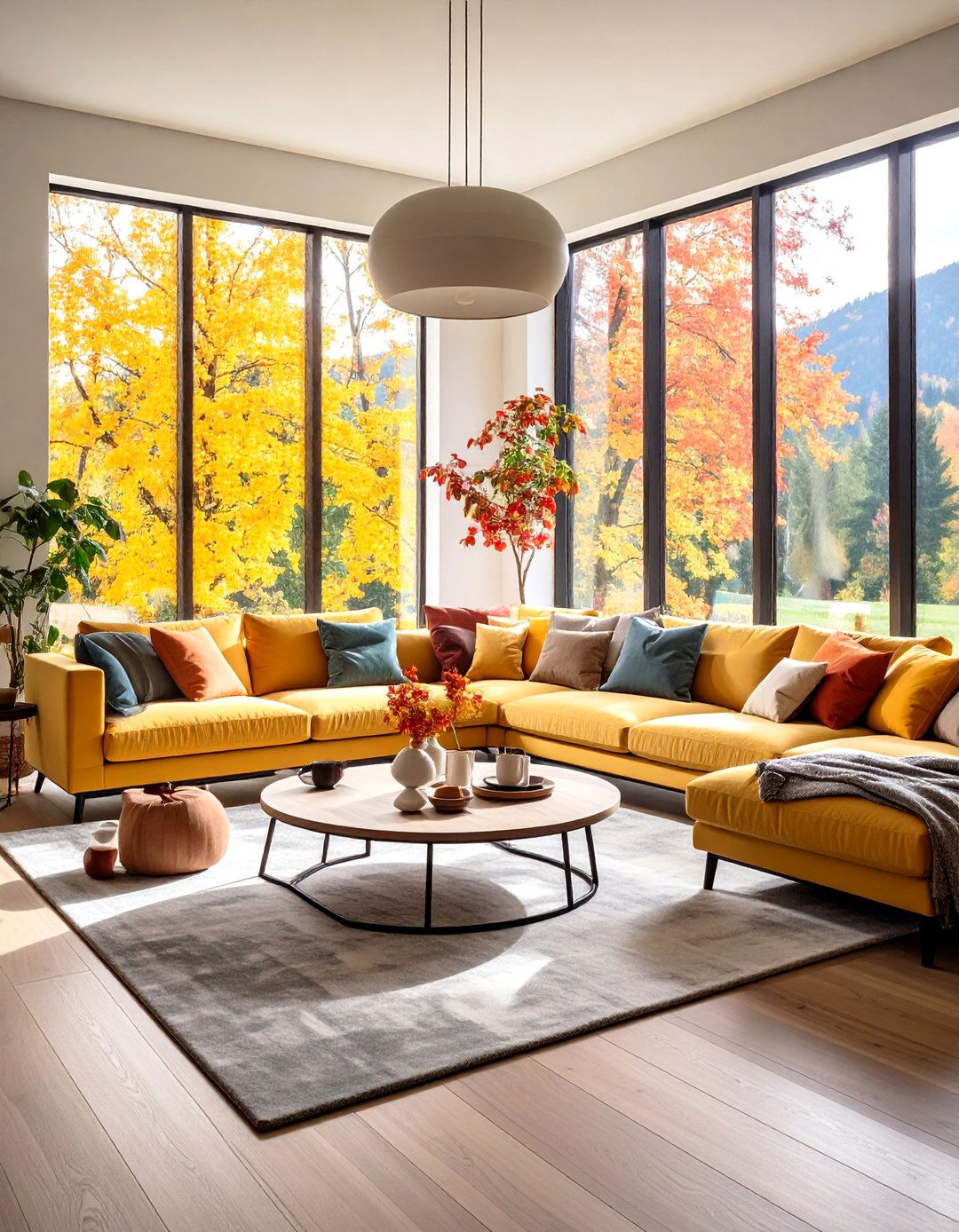
U-shaped sectionals wrap seating in a semi-encompassing layout, naturally drawing occupants into face-to-face conversation patterns. Ideal for larger living rooms and open-plan spaces, this design cradles a central coffee table or ottoman, creating an intimate enclave for socializing. Each armrest hosts guests without the need for extra chairs, and the arrangement feels inviting from multiple entry points. Because U-sectionals occupy more square footage, anchoring them with a generous area rug and low-profile furnishings ensures balance. This communal seating model is perfect for movie nights, family gatherings, or game-day rituals. When selecting finishes, opt for timeless upholsteries like leather or neutral tweeds to maintain a versatile backdrop that accommodates seasonal decor updates.
12. Soften Your Scheme with Slipcovered Sectionals

Slipcovered sectionals exude casual elegance and superb versatility, allowing seasonal or style refreshes through easily removable, washable fabric covers. Brands specializing in slipcover designs often offer custom-fit options that zip on and off, making upholstery maintenance effortless. Slipcovers can also introduce patterns—such as ticking stripes or muted florals—for added personality without permanent commitment. Underlying frames typically hide durable hardwood structures, ensuring longevity beneath changeable exteriors. Whether you favor crisp linen whites for a coastal feel or relaxed cotton blends for a farmhouse aesthetic, slipcovered sectionals strike the perfect balance between style and practicality.
13. Accentuate Your Sectional with Statement Lighting
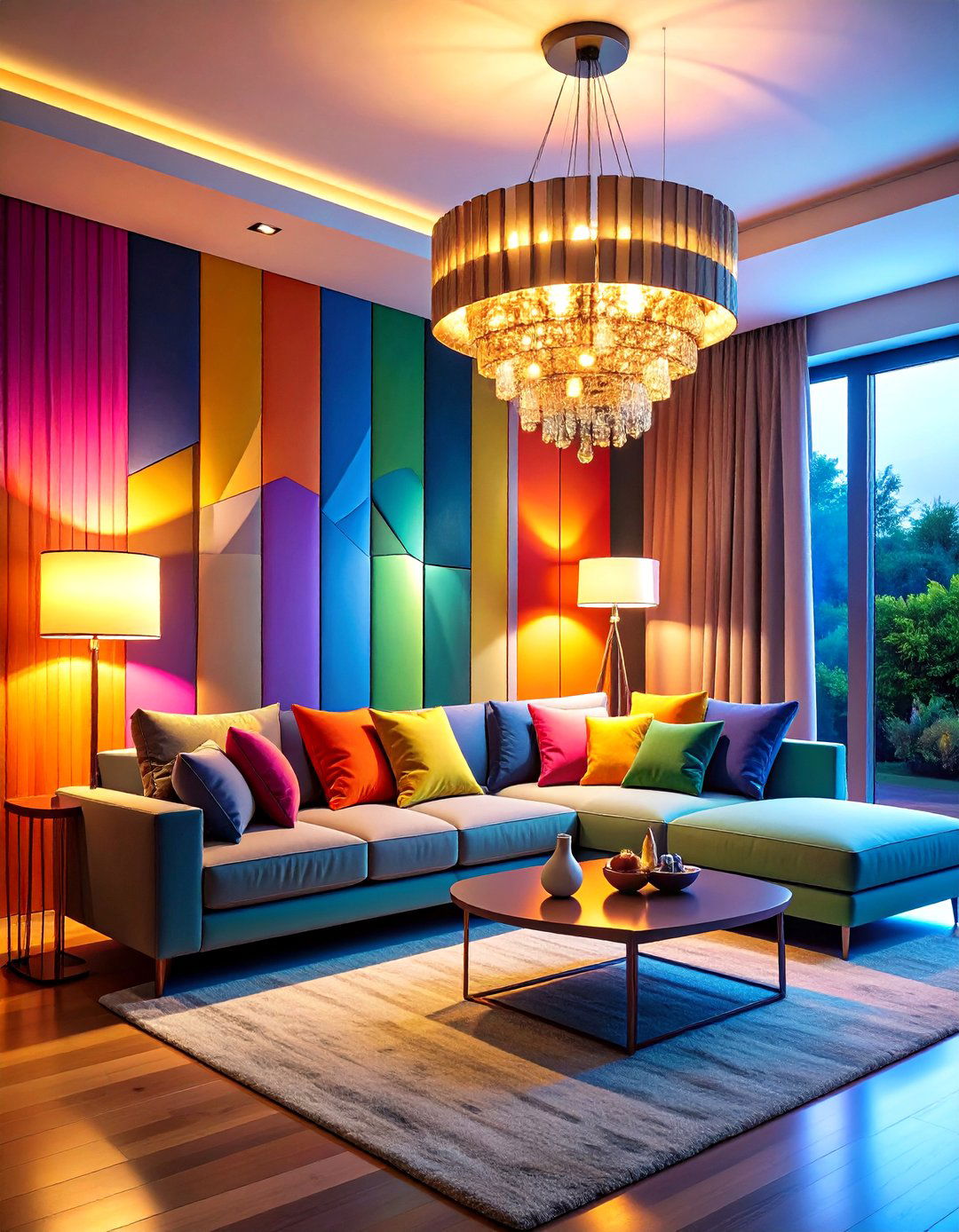
Statement lighting—such as an oversized floor lamp, clustered pendants, or a sculptural chandelier—can dramatize your sectional’s profile while providing essential task illumination. Hanging a row of pendants above the center of your seating zone creates a cohesive visual corridor that guides the eye and highlights the sectional’s architecture. For ambient glow, position table lamps on side tables flanking sectional ends or incorporate wall sconces to free up floor space. Selecting fixtures with bold materials—like matte black metal or brushed brass—reinforces stylistic themes and elevates the sectional from furnishings to focal point.
14. Define Zones with Sectional and Rug Combinations
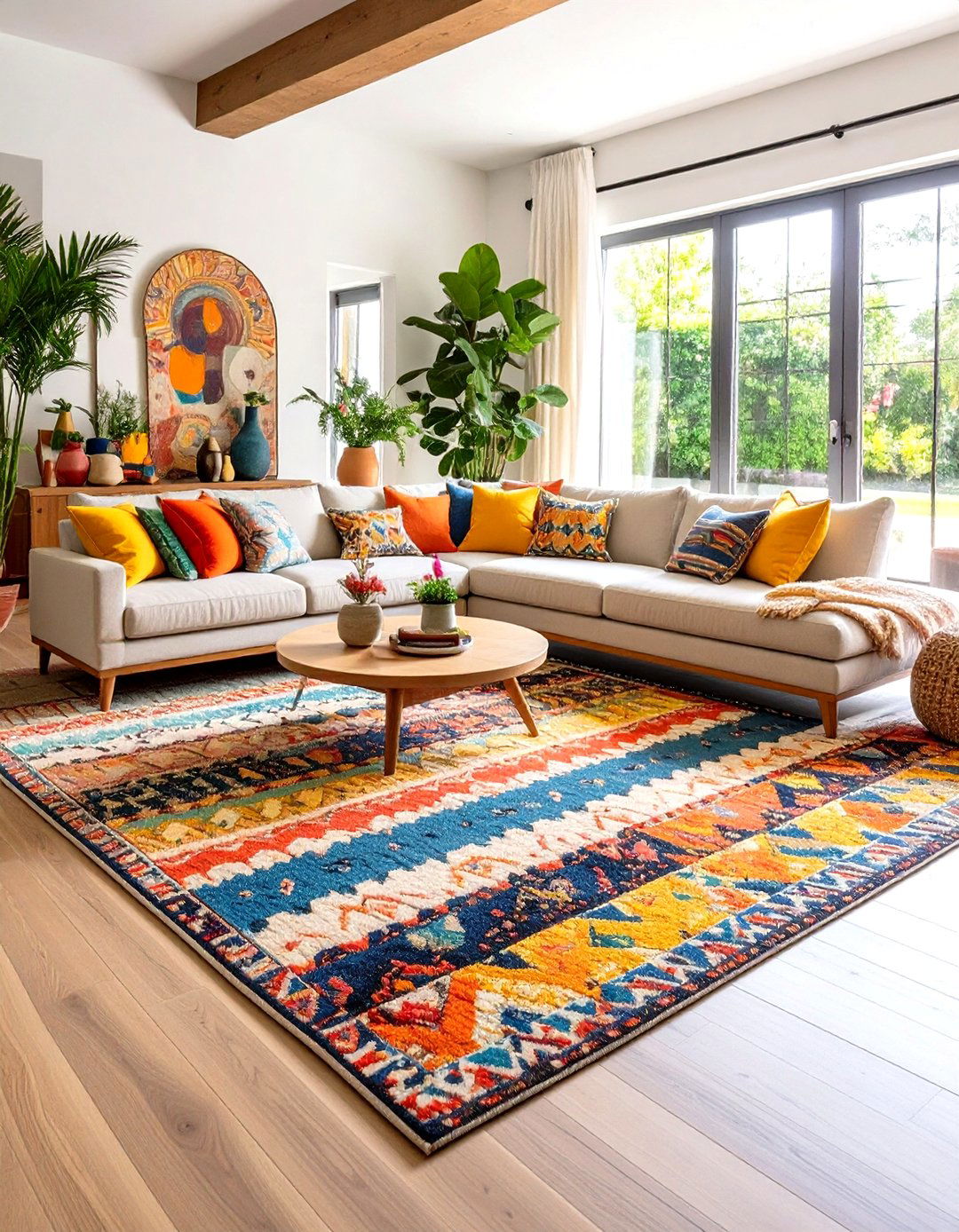
An area rug acts as an anchoring element that visually delineates the sectional seating area, especially in open-concept or oversized rooms. Selecting a rug that extends beyond the sectional’s perimeter by at least 6–12 inches on all sides creates proportional harmony and grounds the furniture grouping. Patterns and textures add depth, while color contrasts can tie together sofa upholstery and accent hues elsewhere in the room. Layering rugs—such as placing a smaller, patterned piece atop a larger neutral foundation—further enriches the scheme, lending sophistication and a curated feel to the sectional ensemble. In high-traffic zones, choose durable rug fibers—like wool or polypropylene—that withstand daily wear while enhancing the sectional’s comfort underfoot.
15. Introduce Organic Flow with Curved Sectionals
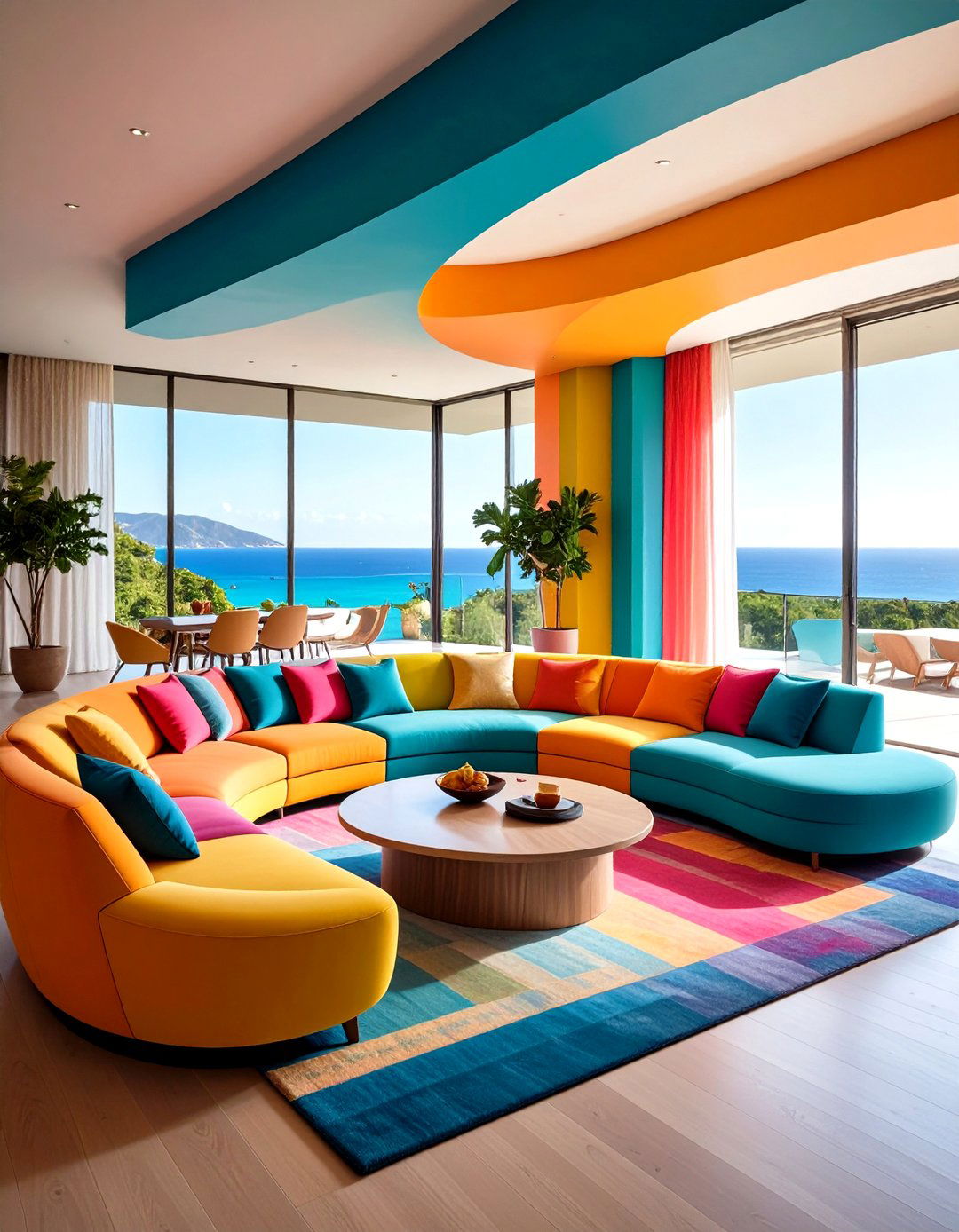
Curved sectionals offer a softer silhouette compared to angular sofas, creating an organic counterpoint to rectilinear architectural lines. A semicircular or rounded-vignette configuration encourages fluid movement around the seating area while breaking the monotony of straight edges. Ideal for contemporary and midcentury-inspired interiors, curved sectionals foster a sense of enclosure that feels both intimate and airy. Pairing these designs with round accent tables or circular rugs reinforces the theme, promoting visual continuity and sculptural interest within the living room. To ensure balance, complement curved forms with linear or geometric decor elements elsewhere, such as shelving or art frames.
16. Blend Sectionals into Diverse Design Styles

Sectionals are chameleonic pieces that can integrate seamlessly into varied design vocabularies—from minimalist and modern to rustic farmhouse. Experts note that mixing rich materials and historical references alongside streamlined shapes creates compelling modern living spaces. For a farmhouse-inspired look, select a neutral-hued sectional with plush cushions and pair it with weathered wood accents and cozy textiles to achieve balanced warmth. Whether your vision leans toward industrial lofts, midcentury salons, or bohemian retreats, adjusting upholstery texture, leg style, and accessory pairings ensures the sectional complements your chosen aesthetic.
17. Highlight Architectural Features with Sectional Positioning
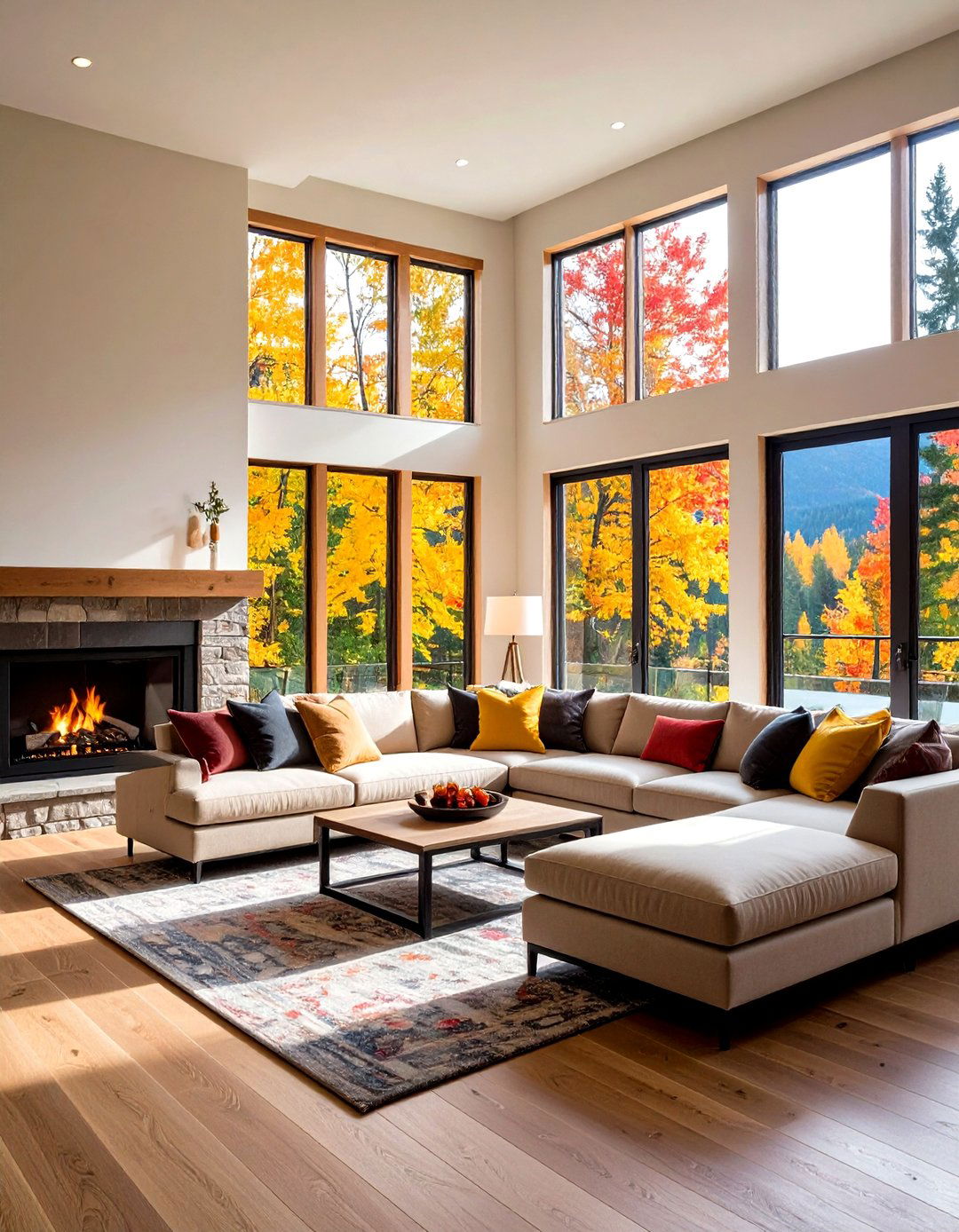
Positioning your sectional to face or flank prominent architectural elements—such as a fireplace, built-in shelving, or expansive windows—draws attention to the room’s structural highlights. If a fireplace serves as your living room’s natural focal point, orient the sectional to provide optimal sightlines and comfortable proximity for gatherings. In bay windows or wall niches, tucking a sectional into the recess amplifies the feature’s appeal while offering cozy seating. This strategic alignment transforms your sectional into both a design statement and functional anchor within the architectural narrative of the space.
18. Create Dynamic Contrast with Two-Tone Sectionals
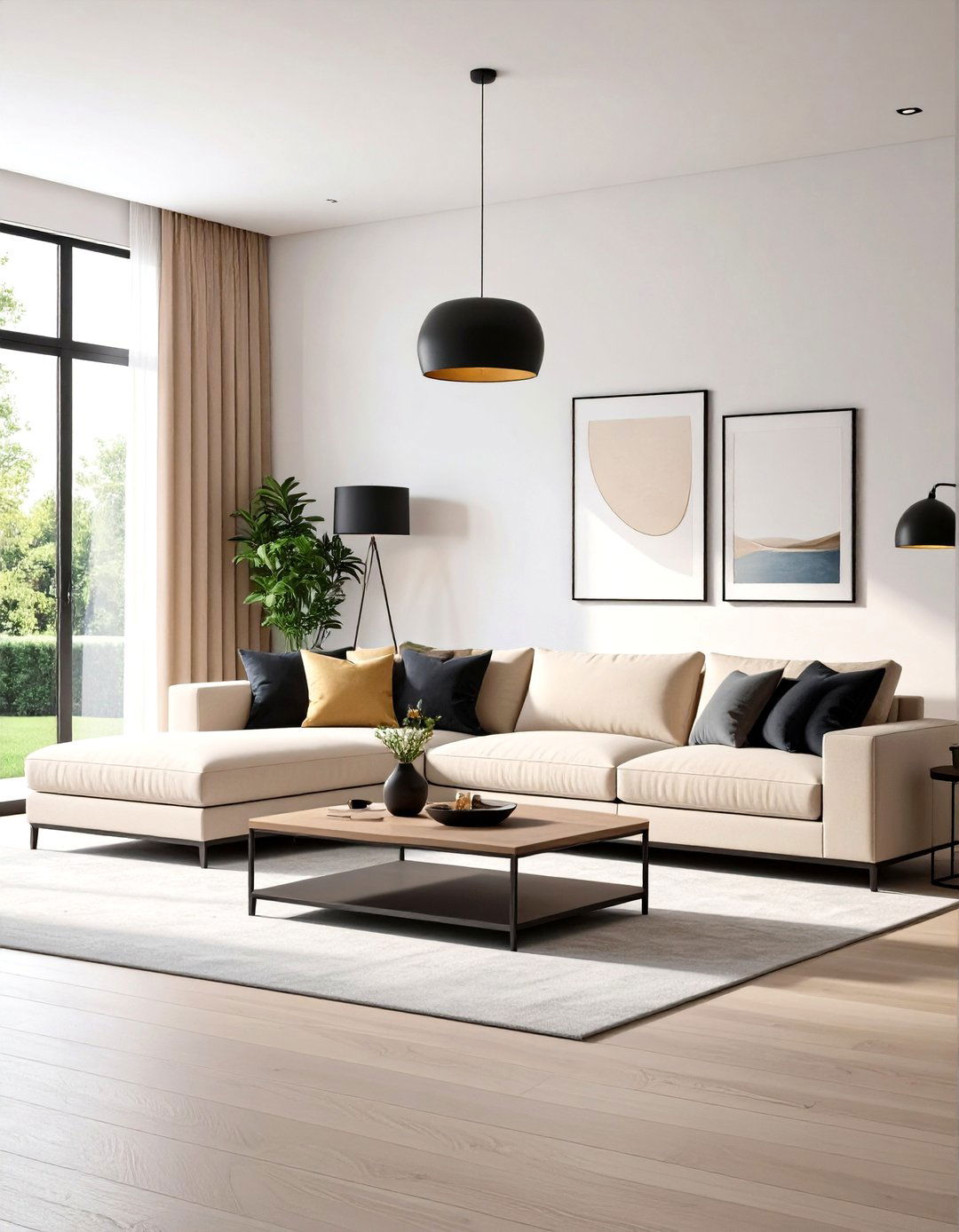
Two-tone sectionals introduce visual drama by juxtaposing contrasting upholstery colors in one piece—such as warm beige paired with deep charcoal or earthy green blended with calming gray. This dual-tone strategy breaks up solid expanses of fabric, highlighting the sectional’s silhouette and adding a curated feel. Designers recommend echoing both hues in rugs, pillows, or artwork to reinforce cohesion. In smaller rooms, a two-tone sectional can serve as both the sofa and primary accent, minimizing the need for additional color-saturated accessories. Opt for neutral bases with a single bold accent panel to maintain balance and prevent the scheme from feeling overly busy.
19. Integrate Outdoor-Rated Sectionals for Indoor-Outdoor Flow
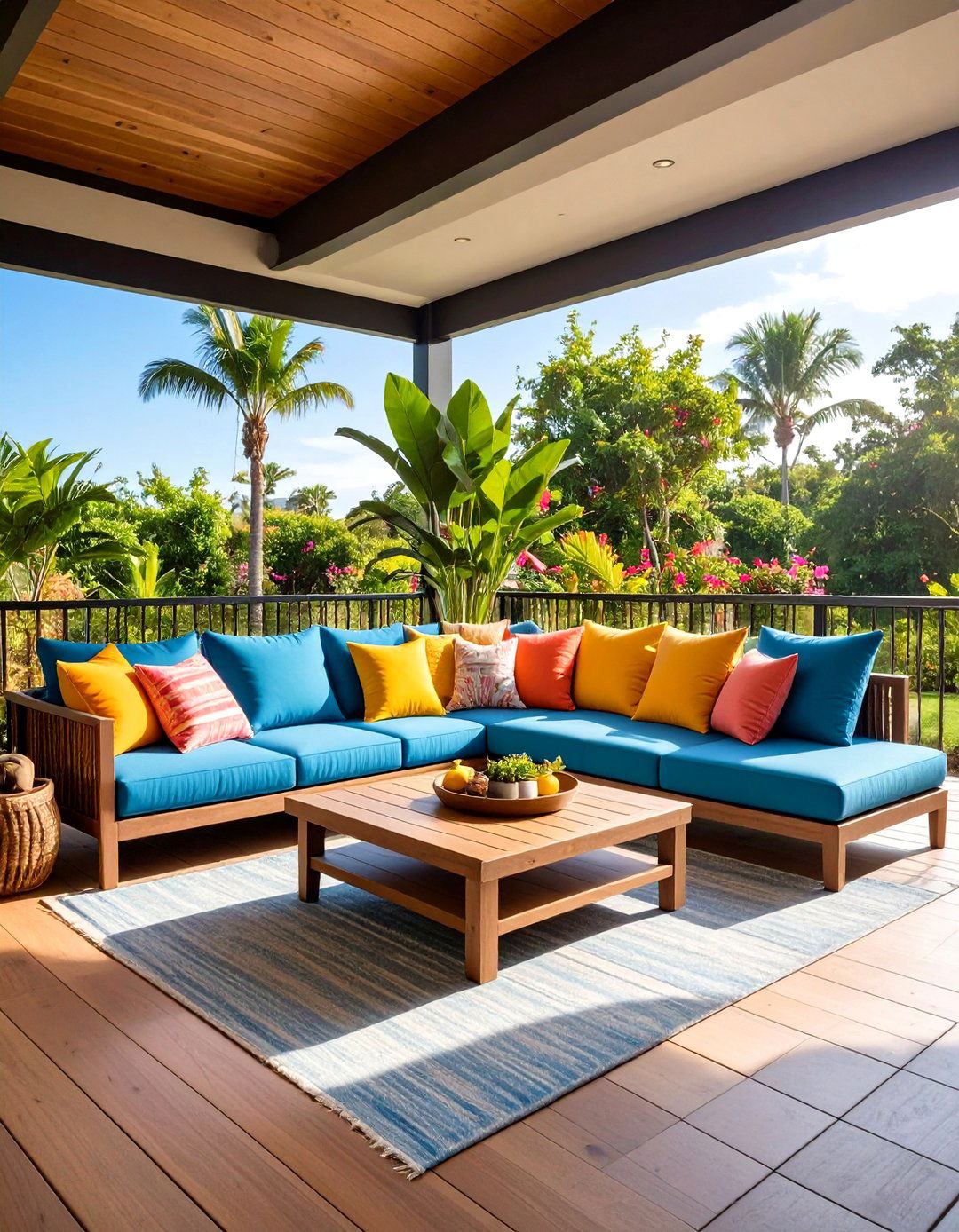
For homes with adjacent patios, sunrooms, or large sliding doors, incorporating weather-resistant outdoor sectionals into your living room design fosters seamless indoor-outdoor transitions. Brands like Outer offer aluminum-framed modular sofas with performance fabrics that can handle humidity and spills while maintaining plush comfort. By matching outdoor sectional finishes with interior décor accents—such as throw pillows in coordinating colors—you blur boundaries, creating an expansive, unified space perfect for entertaining from daylight through evening gatherings.
20. Accessorize Sectionals with Coordinated Pillows and Throws
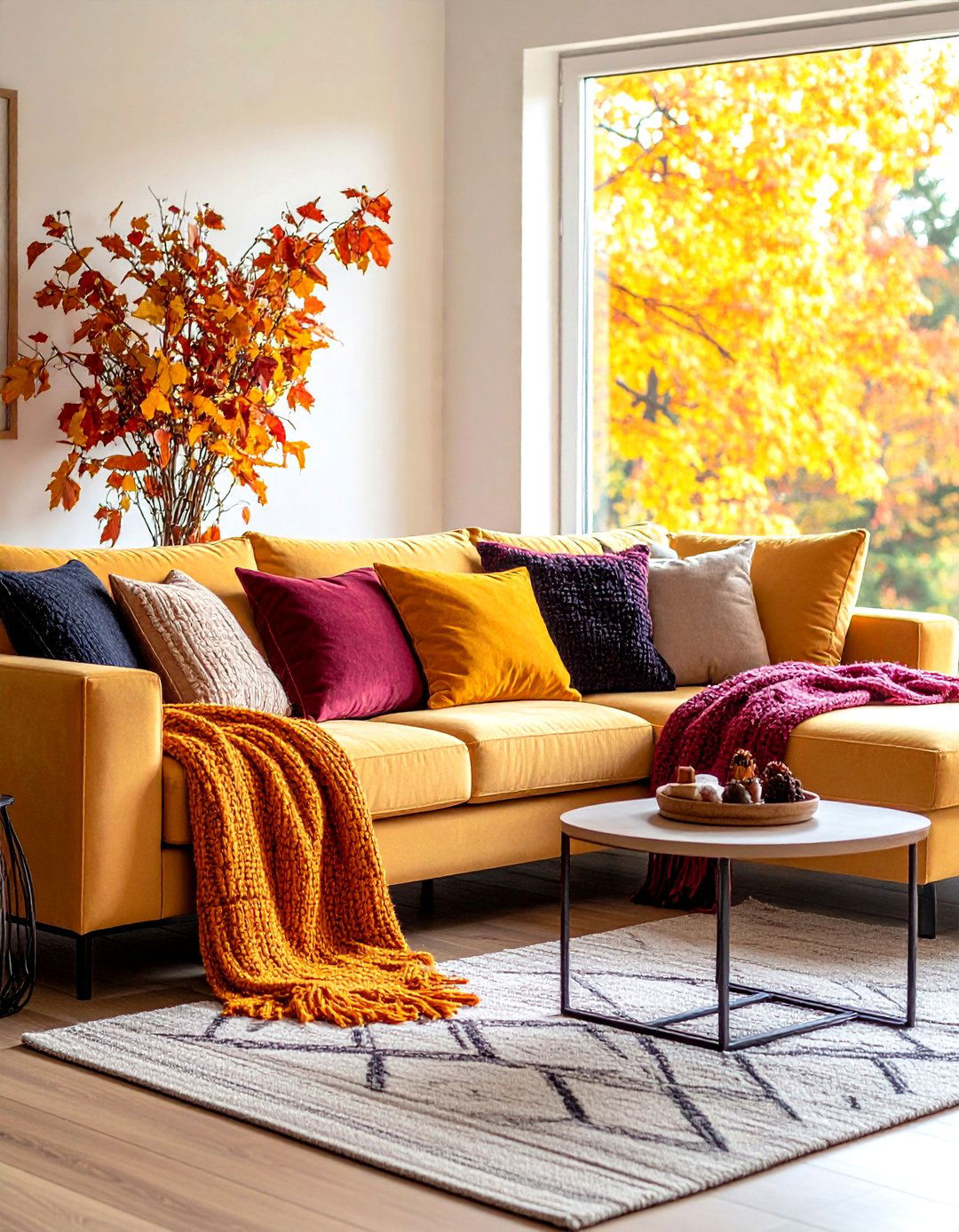
Throw pillows and blankets are the easiest way to refresh your sectional’s look without investing in new furniture. Curate a mix of sizes, shapes, and textures—such as velvet, linen, and knit—to add depth and personalize your seating area. Anchoring the sectional’s color scheme with two or three accent hues ensures a cohesive look. Seasonal swaps—like lightweight cotton throws for summer and faux-fur blankets for winter—keep the arrangement feeling current. Group pillows asymmetrically on one end or create a mirrored layout on both sides to convey either casual charm or tailored elegance. In patterns, mixing solids with geometric or botanical motifs introduces liveliness without clutter.
Conclusion:
Sectional sofas offer unparalleled versatility in seating, layout, and style, making them indispensable for contemporary living rooms. Whether you’re maximizing corner space with an L-shaped design, exploring modular or reversible units for dynamic flexibility, or elevating the room with statement lighting, textures, and two-tone palettes, there’s a sectional concept to fit every home and aesthetic. Embracing storage features, slipcovers, and outdoor-grade materials further enhances both function and form. From intimate conversation nooks to grand entertainment hubs, the right sectional not only anchors your furniture arrangement but also embodies your creative expression. Let these twenty sectional living room ideas guide you in choosing the ideal sofa strategy to transform your space into one of comfort, beauty, and lasting style.


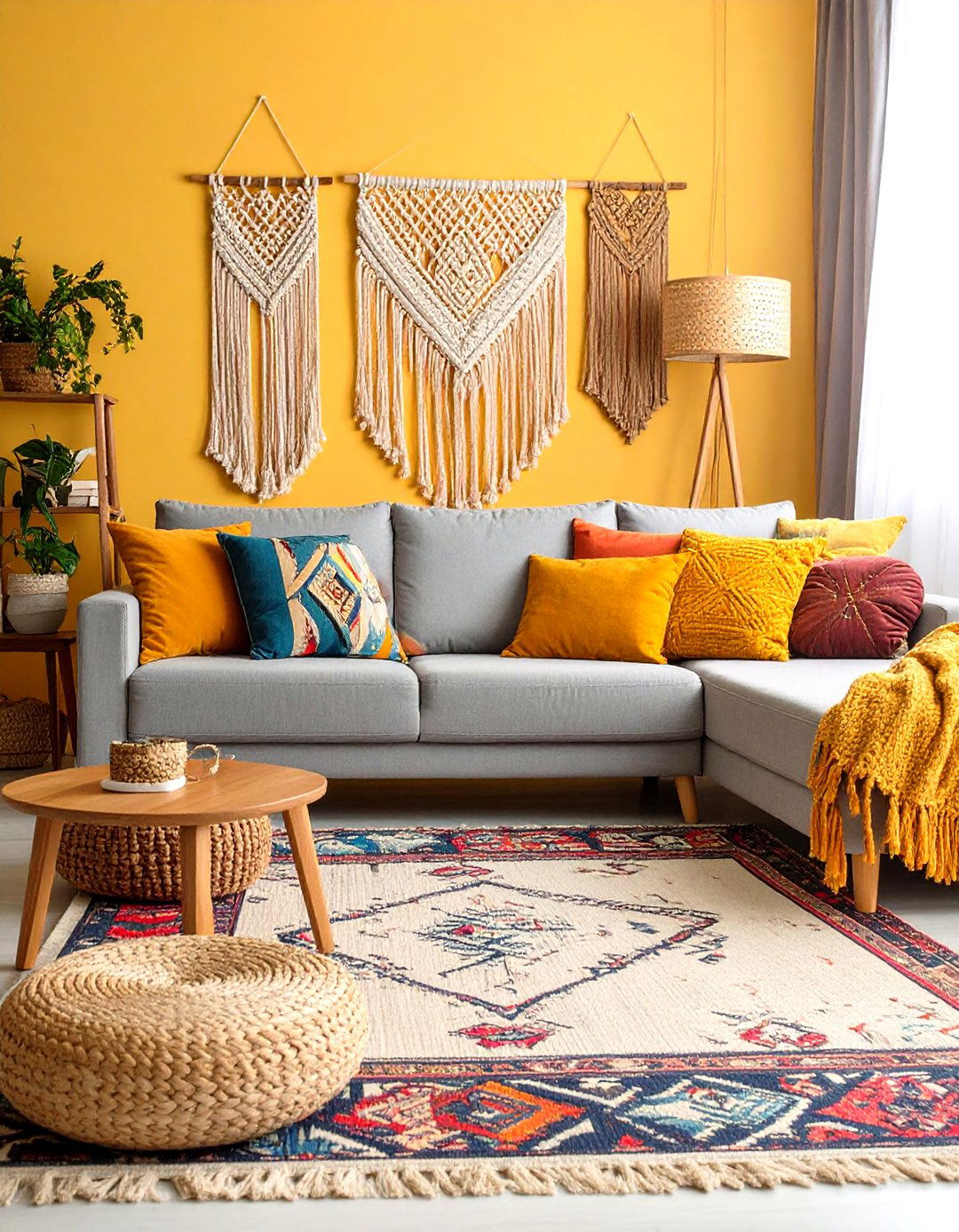
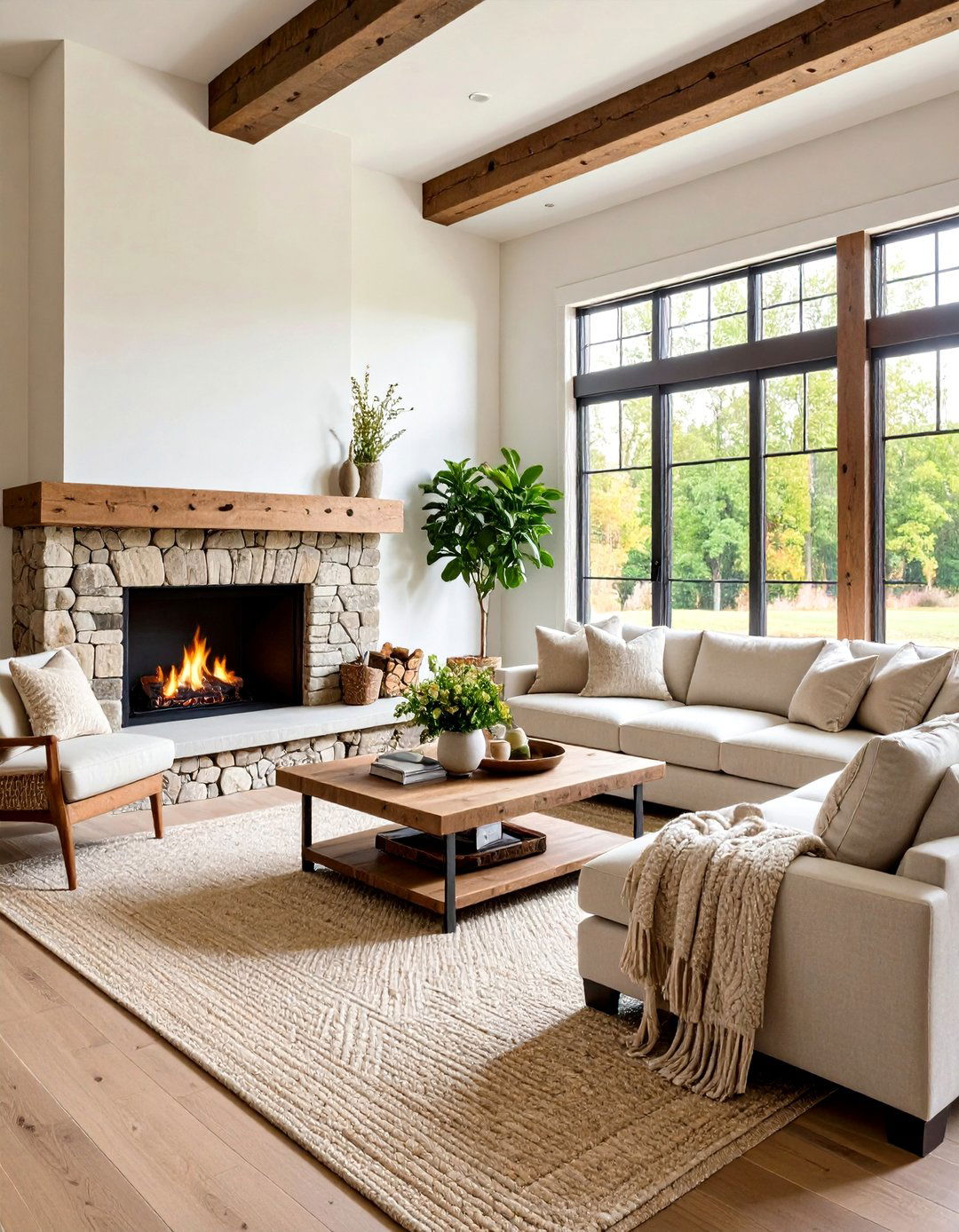
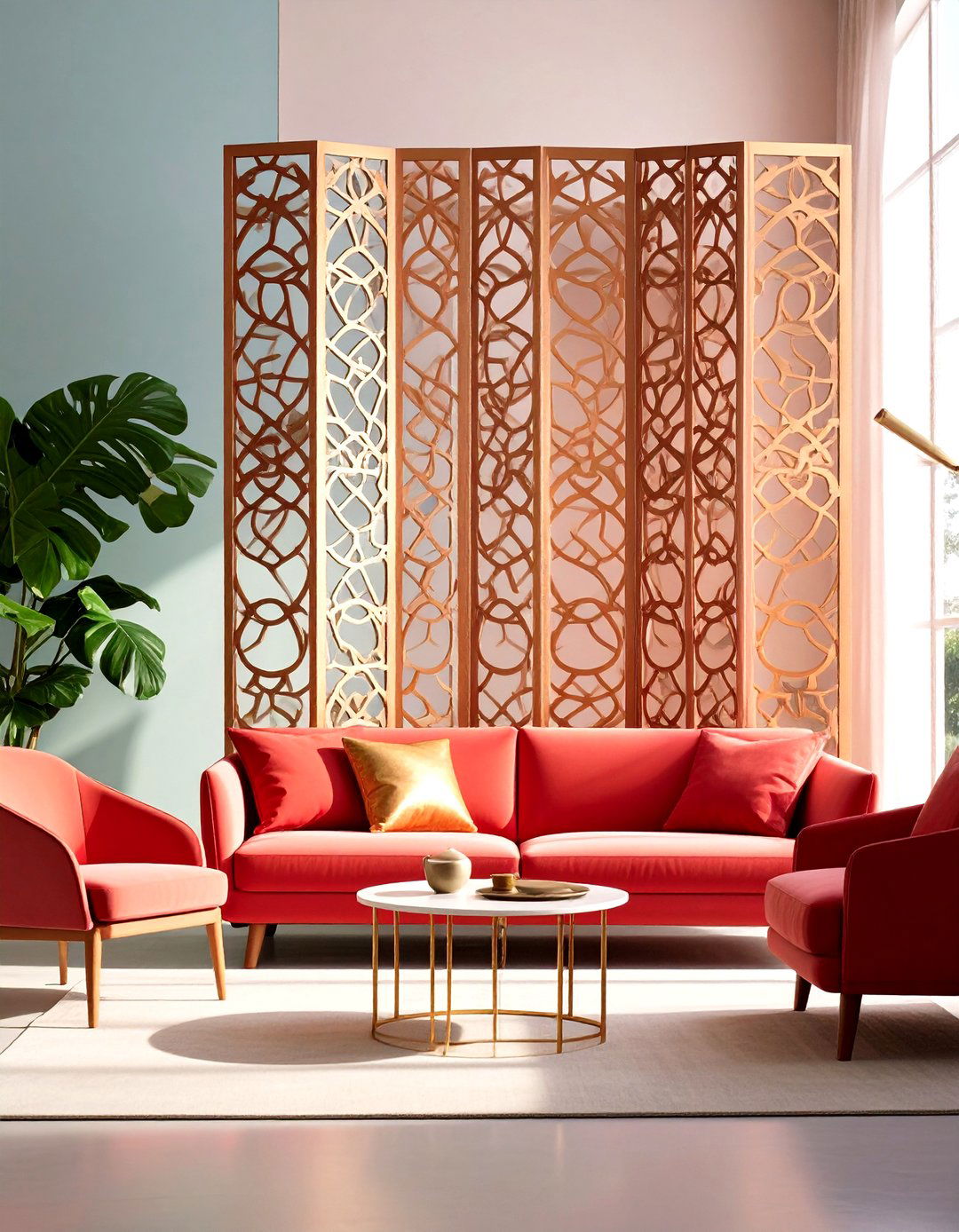
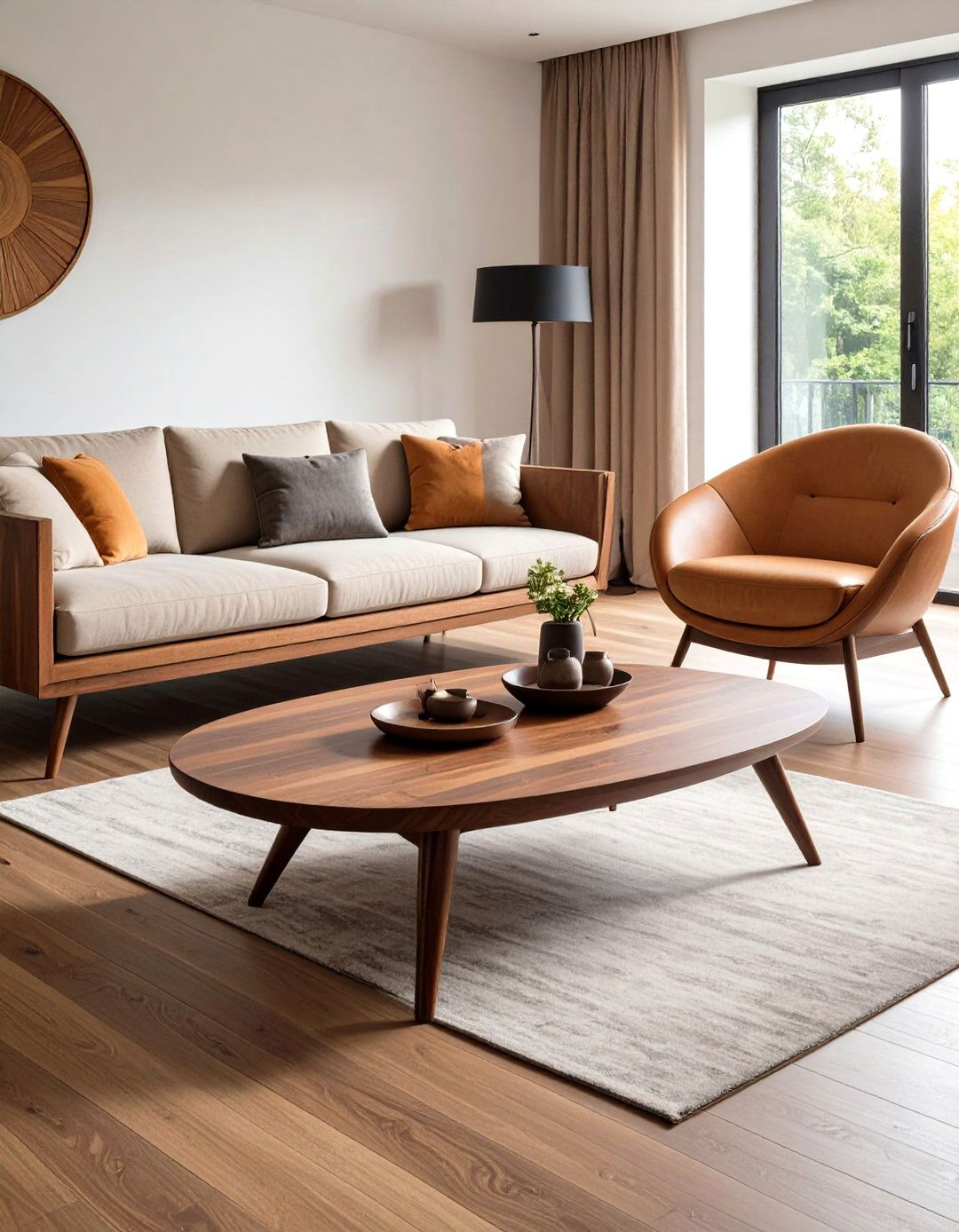
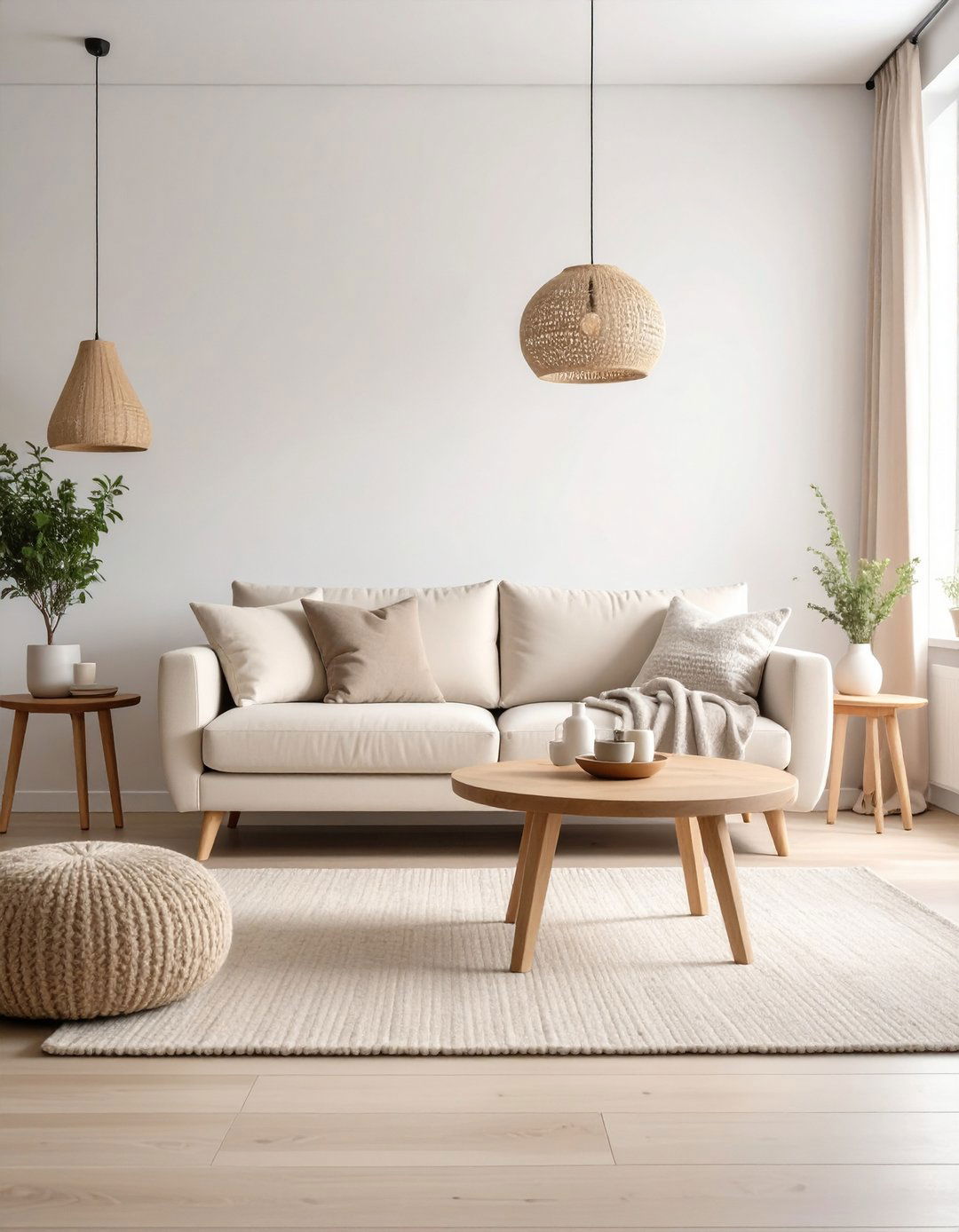

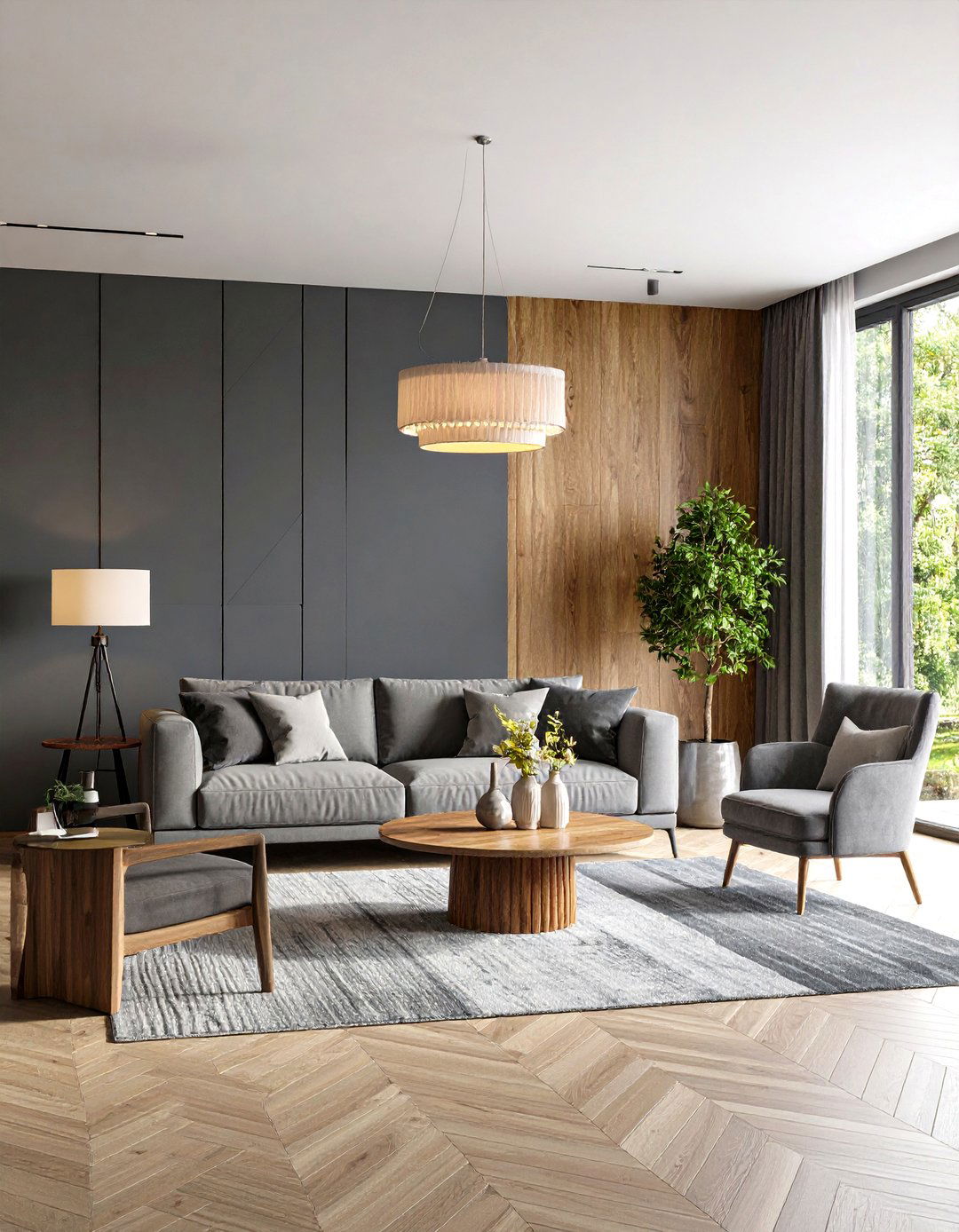
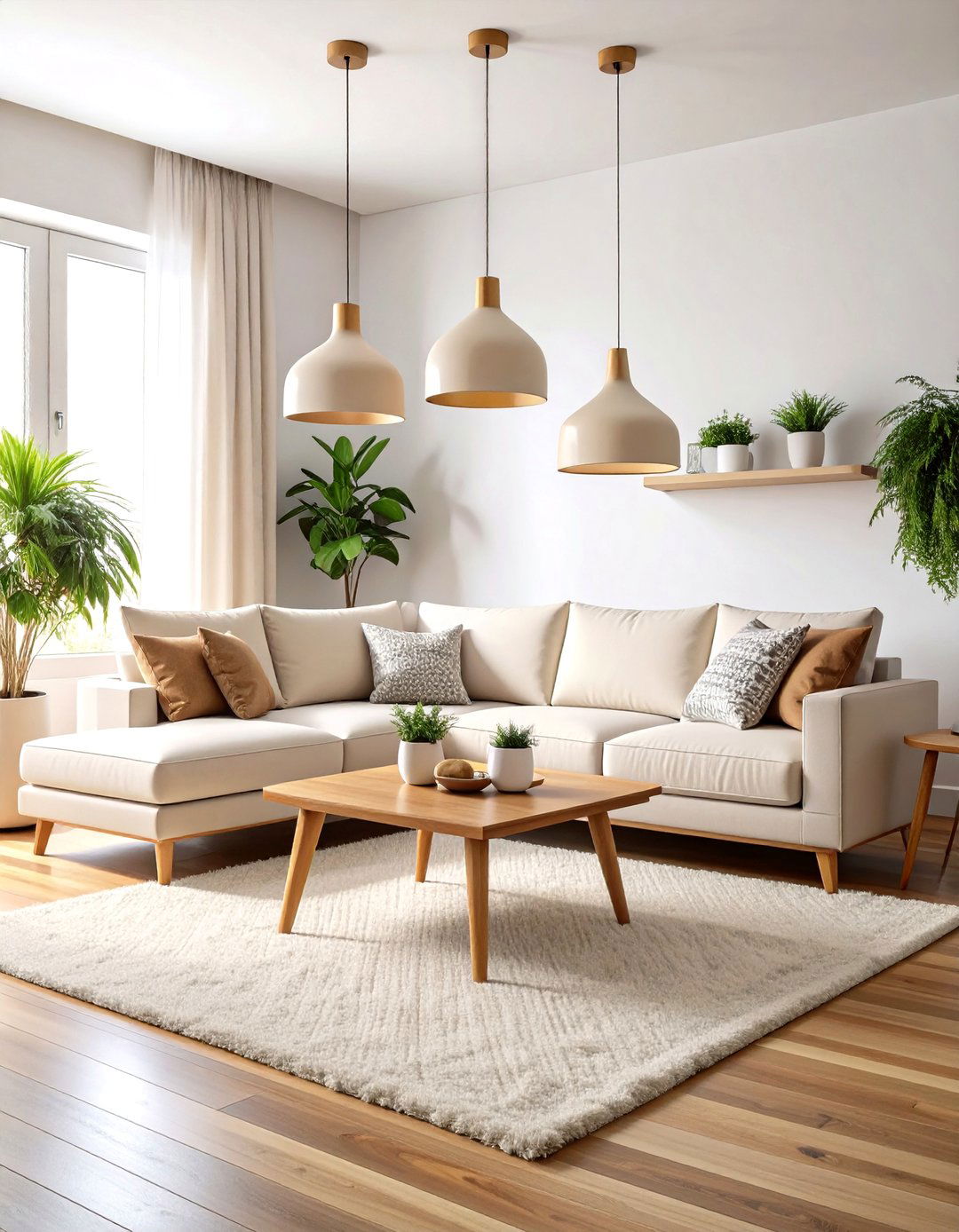
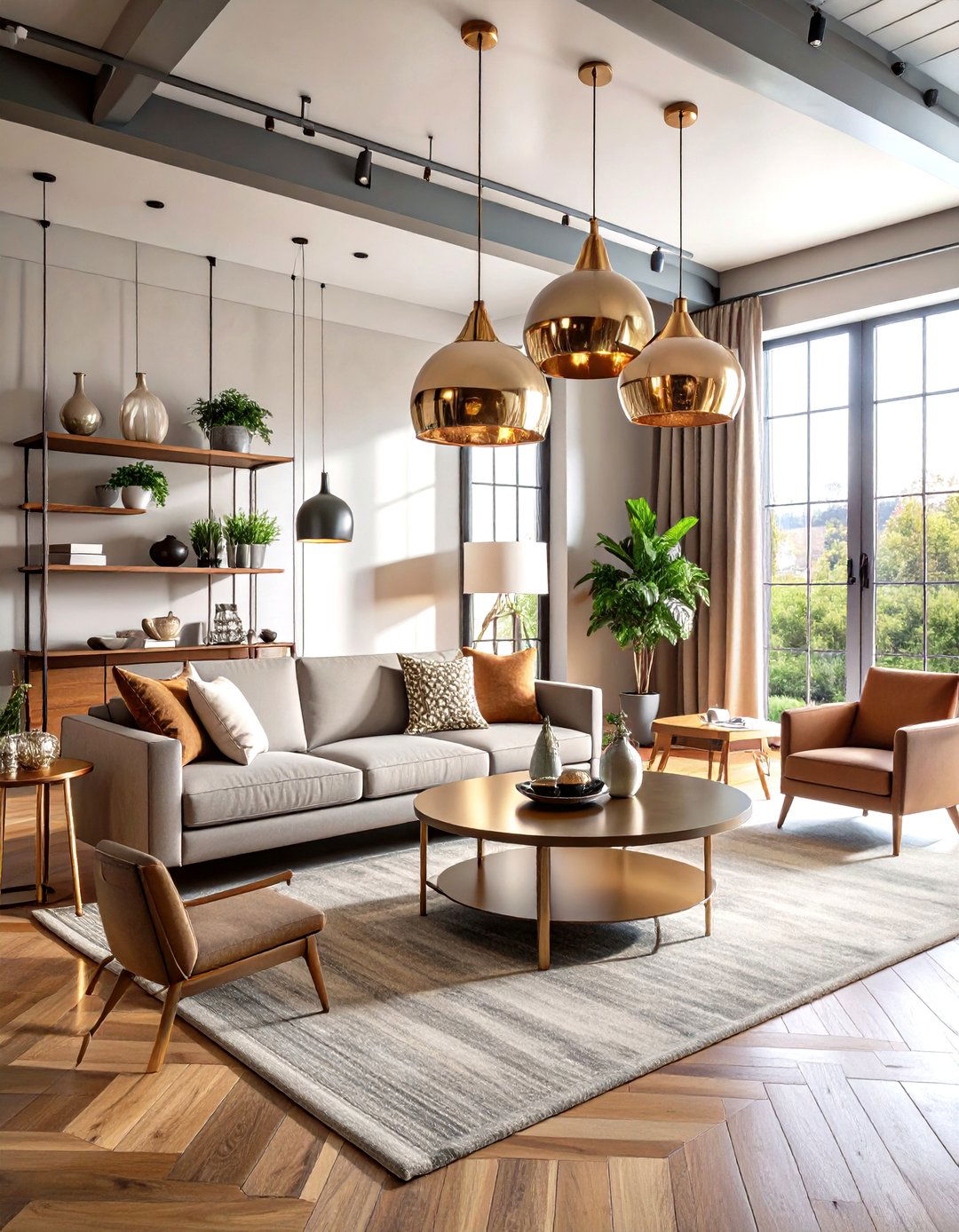
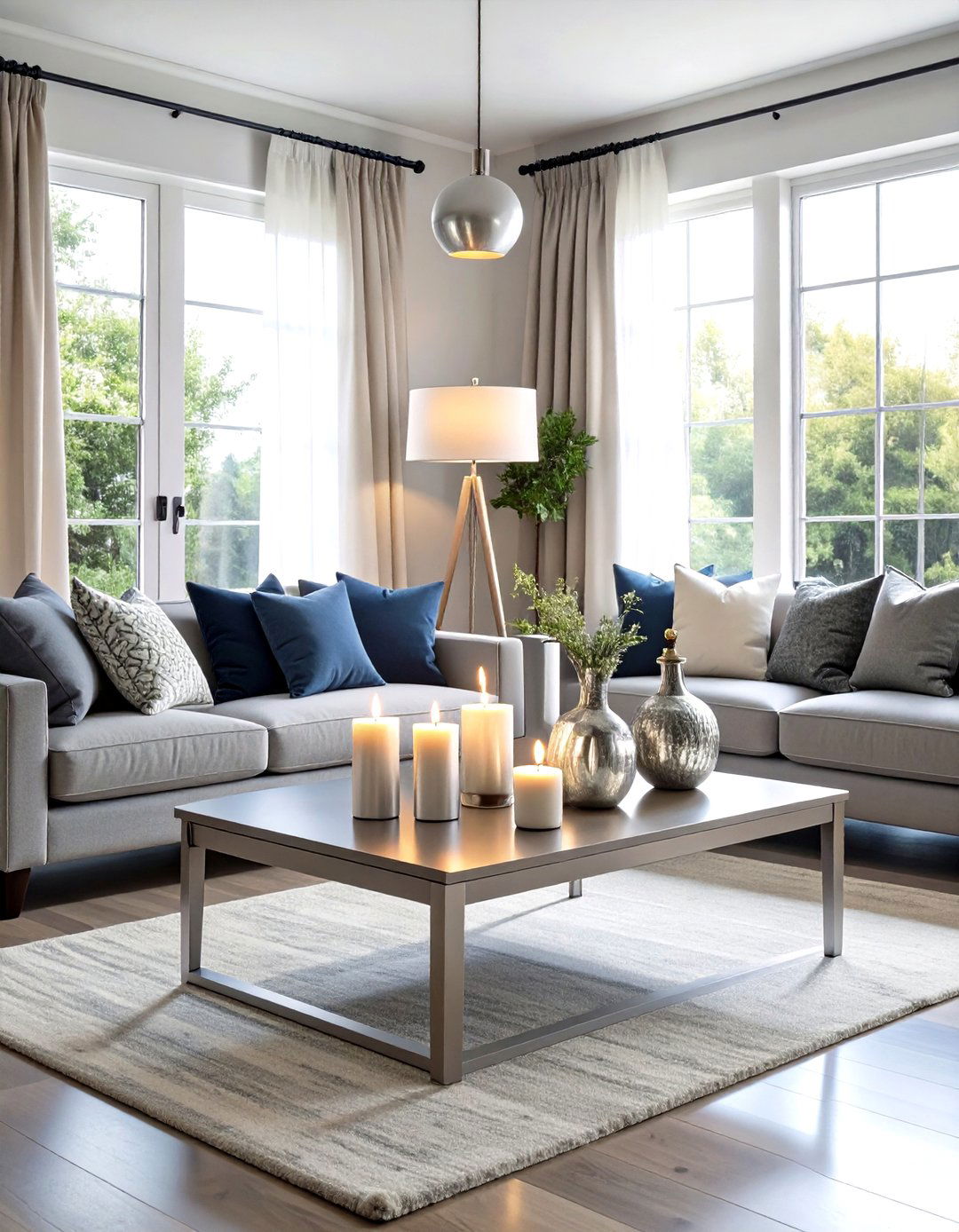

Leave a Reply